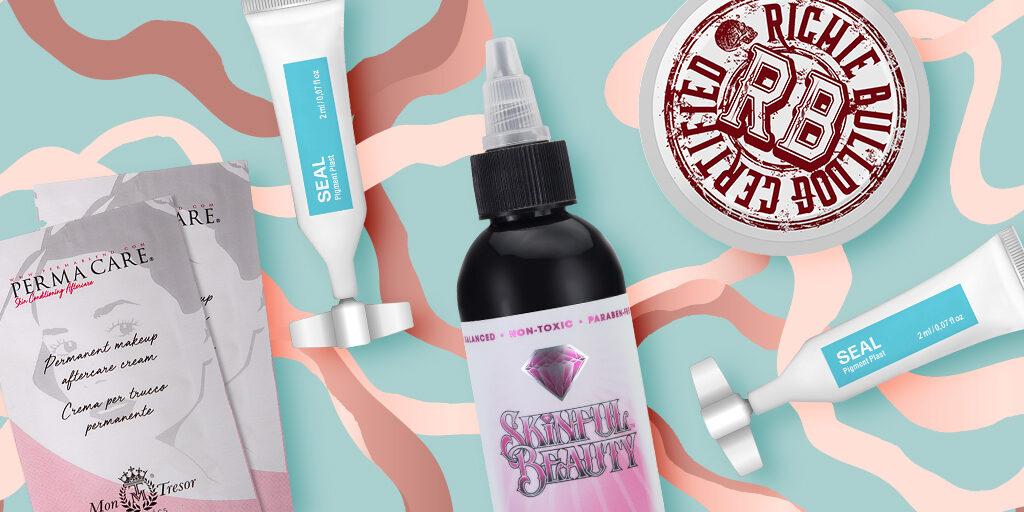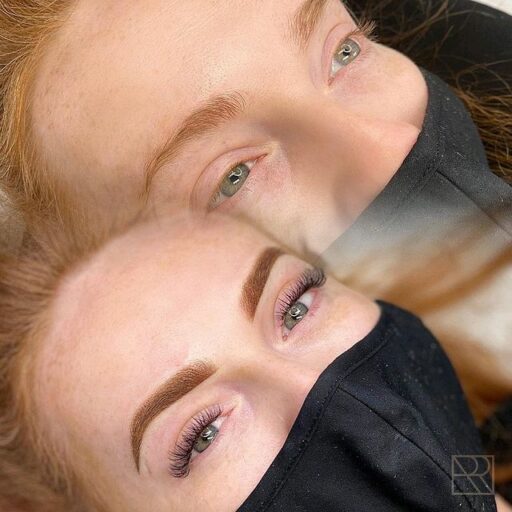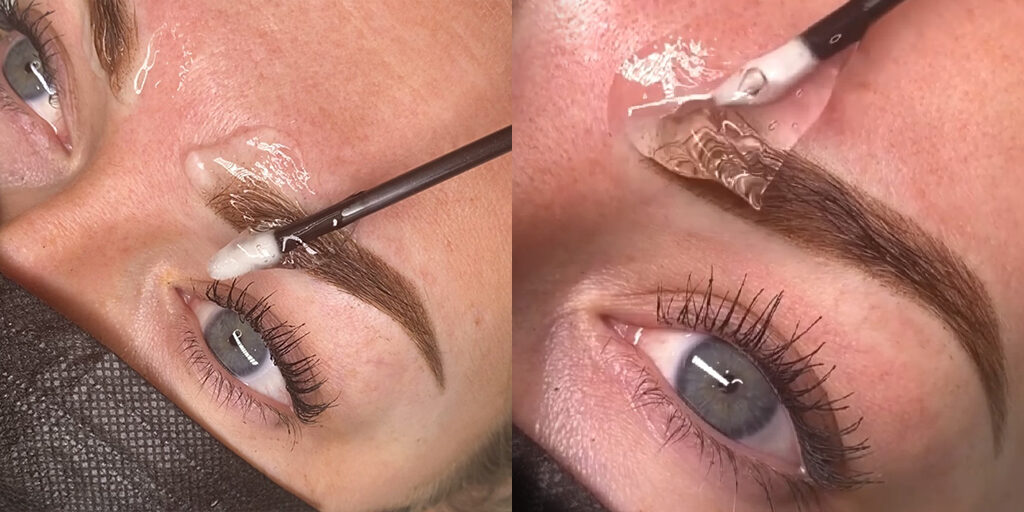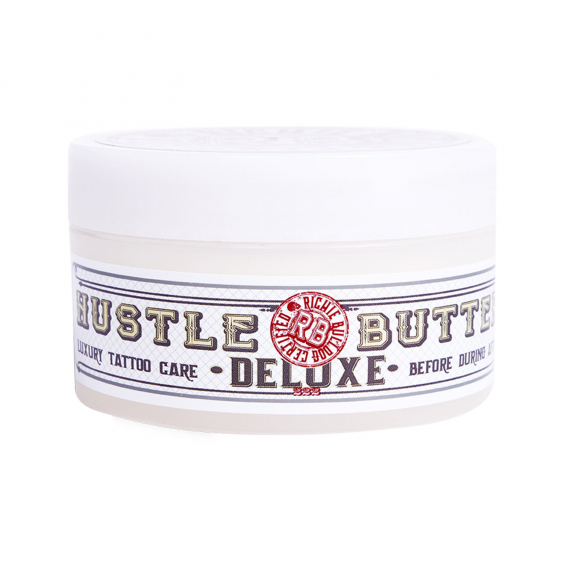PMU Aftercare Guide
The aftercare process for permanent makeup can be a difficult one for both artist and client, as the safety of the treatment site and longevity of the results are both influenced by factors that are completely out of your hands!
Some artists even go so far as to say that healing is the most important step in the process! And with mixed advice online, it’s more important than ever to set out clear expectations of the healing process with your client, and ensure that their treatment heals safely for incredible results!
How long does permanent makeup take to heal?
For most PMU, the recovery process can take up to a month!
Days 1-4 - the area will be very pigmented after the treatment - it’s important your client knows that how the PMU appears immediately will not be the long-lasting effect.
Day 5 - the skin begins to heal itself, which leads to sensations of tightness and itching.
Days 5-7 - the treatment site will begin to scab and itch, and may be uncomfortable.
Days 7-14 - scabs start to fall away, and clients must be instructed never to remove them before they’re ready! The pigment will start to appear lighter or more faded, compared to the first few days.
Days 14-21 - the healing is nearly complete, any itching and scabbing should have died down, and as the skin cells are renewed you’ll see the pigment as it will finally appear.
Day 30 - healing should be complete! Now’s the time for a top-up session to talk about how they’re feeling about their treatment, and if there are any adjustments to make.
What affects my PMU healing?
There are lots of elements that go into healing a permanent makeup treatment, but these are just a few!
Sleep - encourage your client to sleep on their back to minimise skin contact with their bedding. Clean pillowcases are recommended as they may not be able to control how they move overnight!
Exercise - while staying healthy is important for healing, your client should avoid any excessive sweating for 10-14 days, which means no gym, and no steam room or sauna.
Face washing - your client may find that their usual soaps, creams and cleansers are too harsh for use on freshly treated area. Instead, recommend some aftercare products or neutral soaps that they can use to remove bacteria without irritation.
Water - no swimming, no saunas, no jacuzzis, no baths that submerge the treatment site, and they should avoid standing directly under the showerhead for too long! Water is the enemy of a healing wound.
Makeup - no, they can’t use makeup straight away, even to tone down the intense pigmentation of the first few days! This includes moisturisers and correctors.

What are the signs of infection in PMU?
If your clinic and workstation meet healthy and safety standards, and your client follows all your aftercare instructions, the risk of infection should be minimal!
However, it’s important that your clients know what signs to look out for so they can treat an infection quickly and prevent long-lasting damage.
They should be particularly aware of redness, swelling, tenderness, a high temperature, yellow/green discharge, a general sense of unwellness, or red streaks which go from the treatment site towards the heart.
They should immediately seek medical attention for these symptoms, especially the last few!
Our top PMU aftercare products
Hustle Butter - one of our favourite ranges for hygiene products that can be used throughout the treatment process as well as afterwards! While you’re working you can use Hustle Bubbles Deluxe to safely clean the skin of pigment and blood, or you can use the standard Hustle Butter Deluxe as a soothing aftercare cream that’s entirely vegan-friendly and cruelty-free!
Biotek Skin Jelly - This high-quality aftercare jelly forms a protective yet breathable barrier over the treatment site, keeping it hydrated and reducing the amount of flaking skin for better pigment retention! Get yours in a 100ml tub or give out to your clients in sachets.
Rosa PMU - an entire range of products perfect for PMU treatments, with plenty of options for specific aftercare! Try out the Eyeliner After Care Balm for eyeliner treatments, the Lip Care Stick for lip treatments, and the After Care Balm for all treatments including SMP, areola, scar, brow and lip.
However, the most popular of this range has to be the Pigment Booster Balm which is used throughout areola, scalp, lip and eyeliner procedures. The active ingredients help to improve pigment retention, and work to reduce dryness, irritation and sensitivity.
Goldeneye PUSH - this oily serum lubricant is packed with moisturising ingredients and perfect for cleaning off excess pigment during the procedure, as well as helping to promote healing by reducing sensitivity, dryness or itchiness in the skin!
Goldeneye SEAL - a pigment plaster that can be used after lip, eyebrow, and other PMU treatments, this product seals the wound and protects against germs. Containing silicone to help promote the skin’s natural production of elastic and collagen, this balm from Goldeneye can be applied in the days following the treatment to promote healthy healing!

And if you need to provide some aftercare instructions for your brow client that they won’t forget the moment they leave the clinic, we’d recommend sharing our video with Natalie Della-Verde!
As one last tip, make sure that your clients are fully aware of the healing process and how long it’ll take - fingers crossed they don’t have a photoshoot booked for the day after! This will help them to manage expectations, as they might have only seen treatments fresh off the needle.
With a focus on care and attention, you can promote healthy healing, maximise pigment retention, and reduce the risk of infection!










